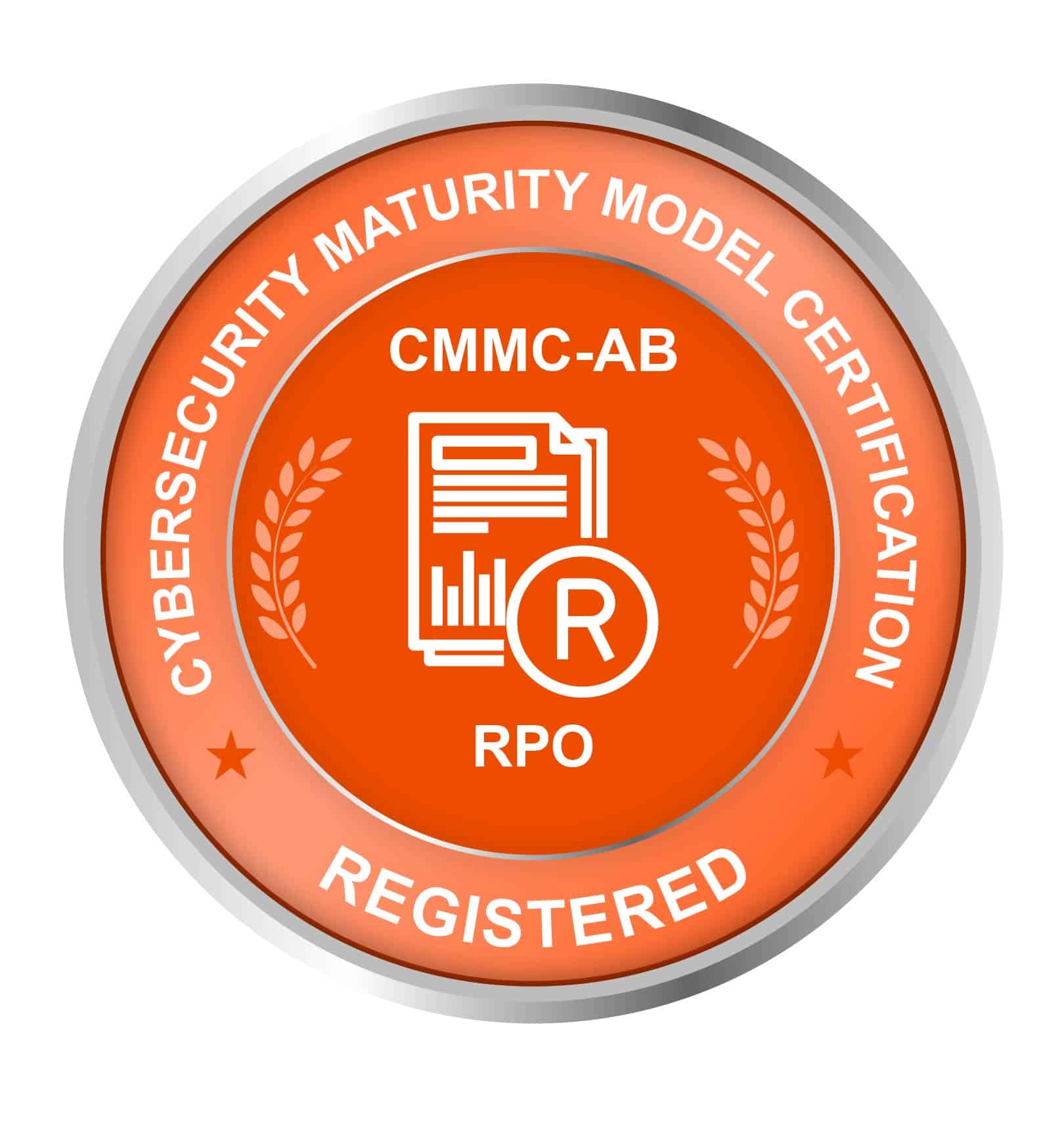IOT stands for ‘Internet of Things’ and it consists of mechanical, digital, and computing devices, objects, and machines assigned with unique identifiers and provided with the capability to transfer data over a network, without the need for human-to-computer or human-to-human interaction. There are many different kinds of IOT devices today, some of which you may be familiar with—like activity trackers (i.e. your smartphone’s or smartwatch’s gyro, proximity, GPS, compass, and accelerometer), and connectivity tools (i.e. Wi-Fi, NFC, and Bluetooth). The future of IOT is all-encompassing.
The success of IPv6 led to the development of the Internet of Things. Now that there are more IP addresses available, it is easier to assign IPV6 addresses to anything imaginable. Some of the practical applications of this technology are found in various industries now, including transportation, healthcare, agriculture, and energy. Some IoT devices may even be in your home—such as connected appliances, home automation systems, and Smart TVs. IoT can be applied to your business, too. For example, you may use beacons and NFC/RFID readers for retail, high-end digital signage for promotional purposes, and smart video surveillance and security systems.
IoT devices can be classified based on how it delivers, receives, or processes data. The most basic devices can monitor themselves while performing one-way service requests, and these examples include vending machines, and advanced propane tank monitors. Next-level devices may export monitored data while creating real-time reports, like what fitness, vehicle, and motion trackers can do. Advanced IoT devices are able to perform two-way data communication with higher levels of programmability, as seen in DVRs, automated security systems, pet feeders, smart appliances, gaming consoles, smartphones, and tablets. More advanced IoT devices have a degree of artificial intelligence in them, too.
Since many IoT devices these days are connected to your network, it becomes even more crucial to keep it secure and protected at all times. Simple measures like not connecting the devices unless needed, having a separate network for them, and having different passwords for each device can help. Moreover, you need to make sure that you install the latest firmware, turn off UPnP (universal plug and play), and use reputable and established cloud services. You also need a solid BYOD (bring your own device) policy.










